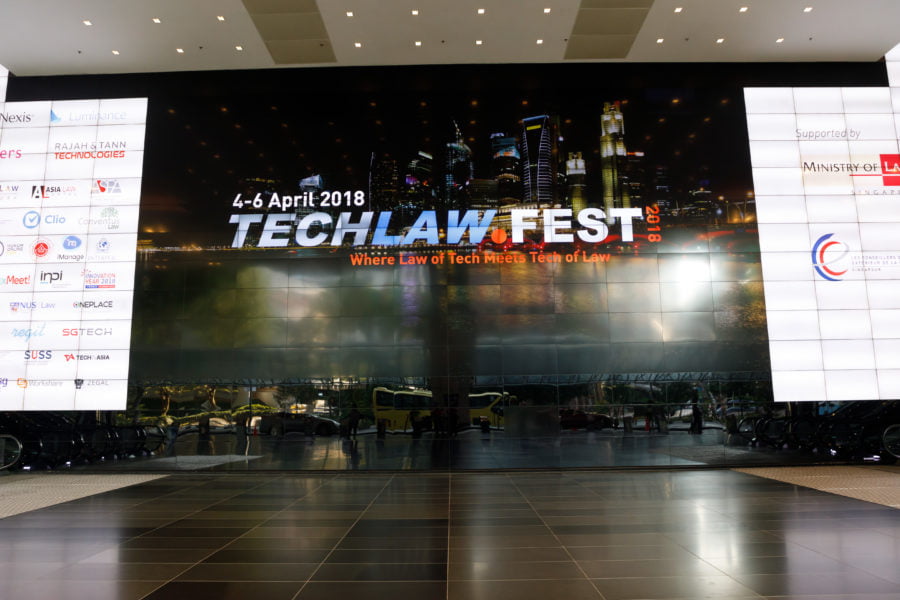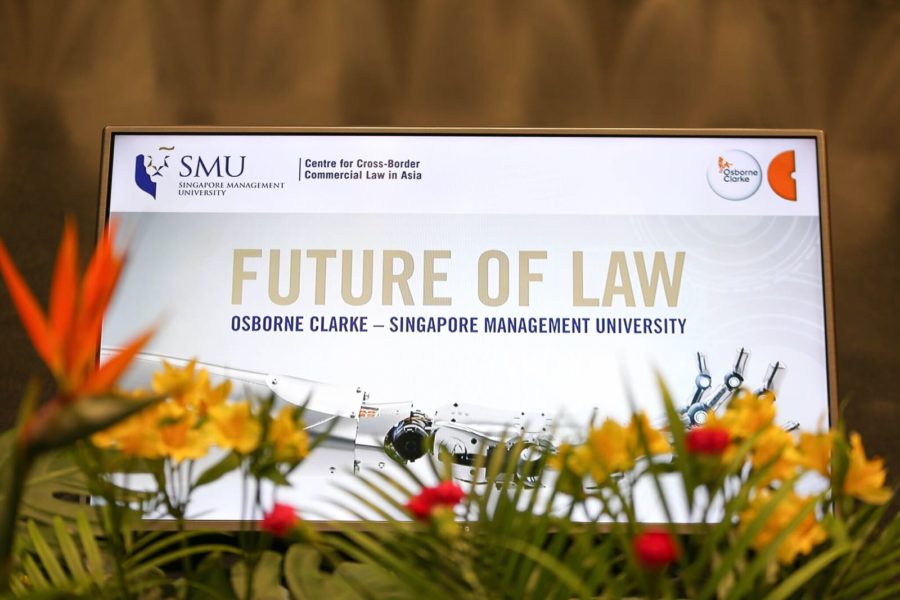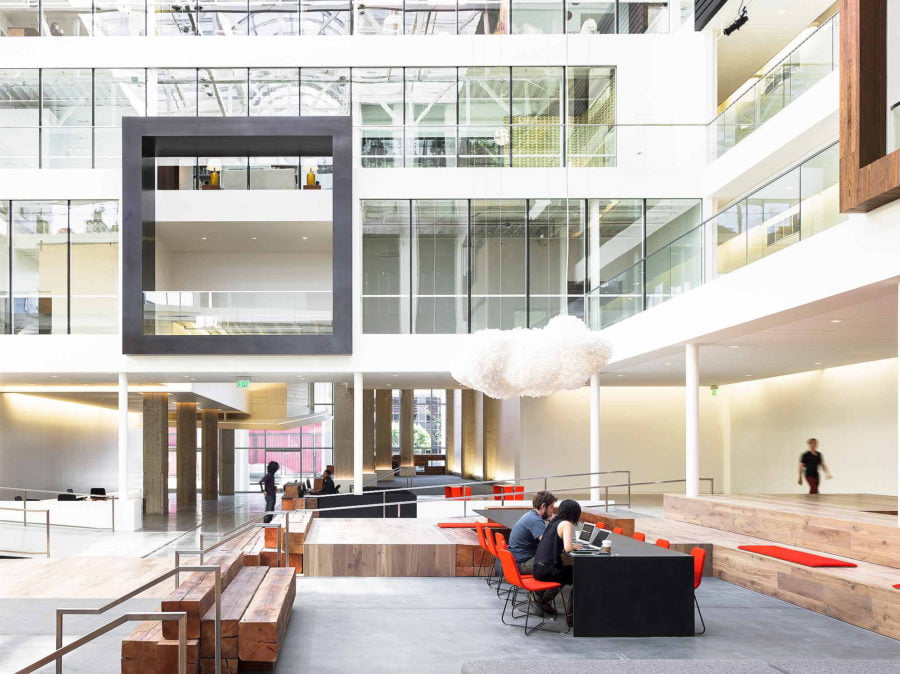Written by Josh Lee | Edited by Jennifer Lim, Andrew Wong
Introduction
The outbreak of the CoViD19 epidemic has had a chilling effect on many. The virus’ continuous spread after the Lunar New Year holidays meant it continued to make its presence felt even as businesses re-opened for work.
Anticipating a worsening of the global health situation, businesses are beginning to prepare themselves for an extended period during which business operations could be impacted. “Business continuity” has become a widely-mentioned theme, with many organisations beginning to implement drawer plans to reduce physical interaction. These plans could include telecommuting and working through remote-workplace tools. For example, the Hong Kong government asked some of its staff to work from home to reduce human-to-human contact. MNCs like DBS, Rio Tinto and UOB have also activated work-from-home plans.
In the legal industry, while established and technology-focused law firms with the necessary infrastructure may be able to make the switch relatively seamlessly, other firms may find it more challenging to do so. This is in particular so for firms that have yet to see a disruption to business of the scale similar to that seen during the SARS or swine flu epidemics.
Notwithstanding the doom and gloom, it remains prudent to take a long view of the present situation, and to see the silver lining in the clouds. While it may appear at first blush to be troublesome to begin implementing business continuity plans, the present generation of telecommuting and remote-workplace tools are more than capable of sustaining businesses for extended periods of time. In fact, the present situation might prove to be just the encouragement for more firms to begin switching permanently to a nimbler, telecommuting-based structure, with communication driven primarily by remote-workplace tools. Indeed, this is the first (and critical) step to the implementation of “virtual law firms” – law firms that work nearly-entirely remotely without the need for a dedicated office space.
Focusing on remote-working, this article covers the following points:
- The benefits of a remote workforce;
- The telecommuting tools needed to enable and maintain a remote-working environment; and
- Other considerations needed to ensure a successful transition into permanent telecommuting.





